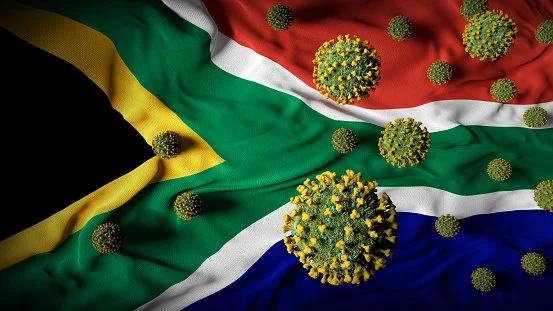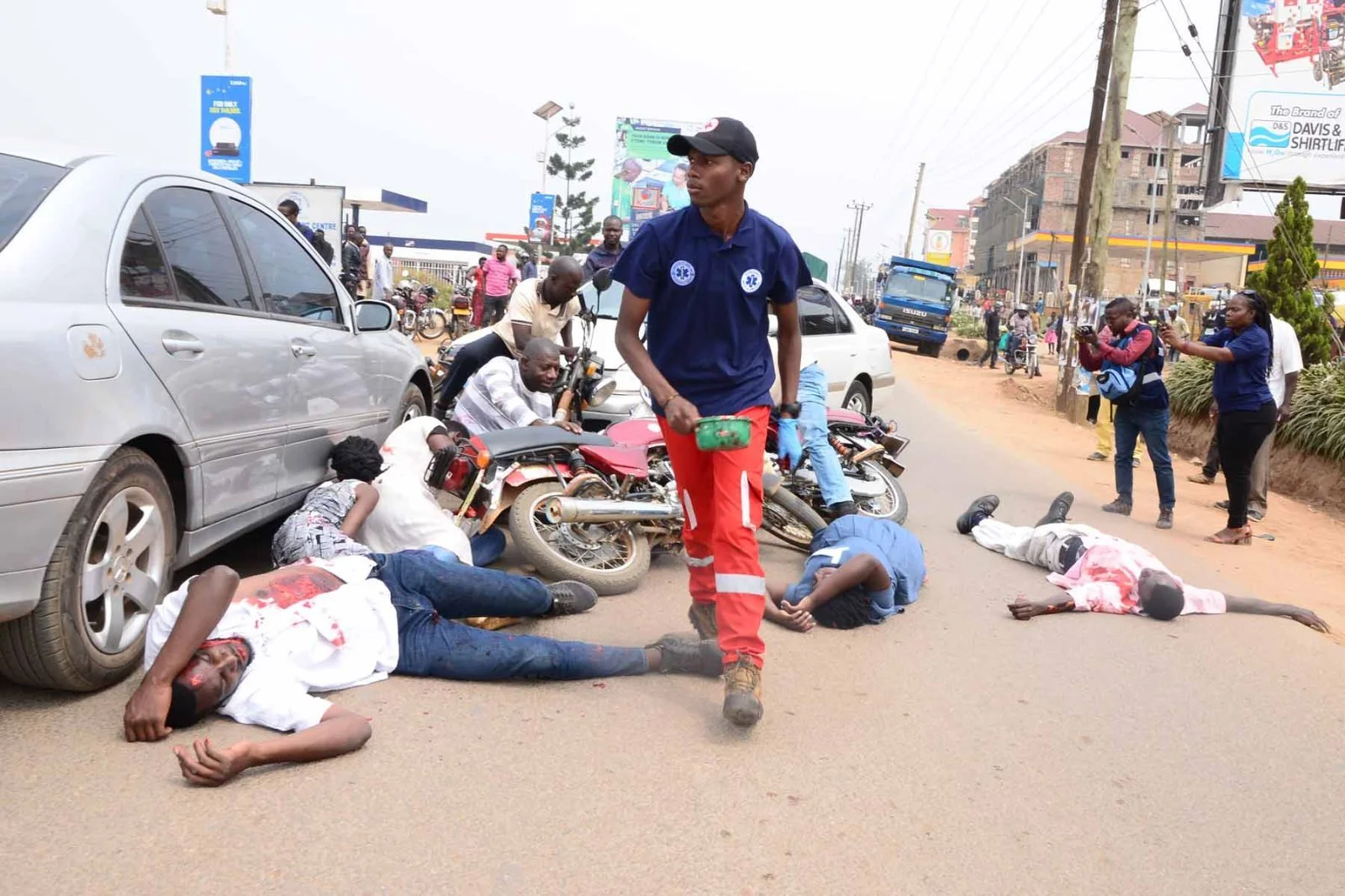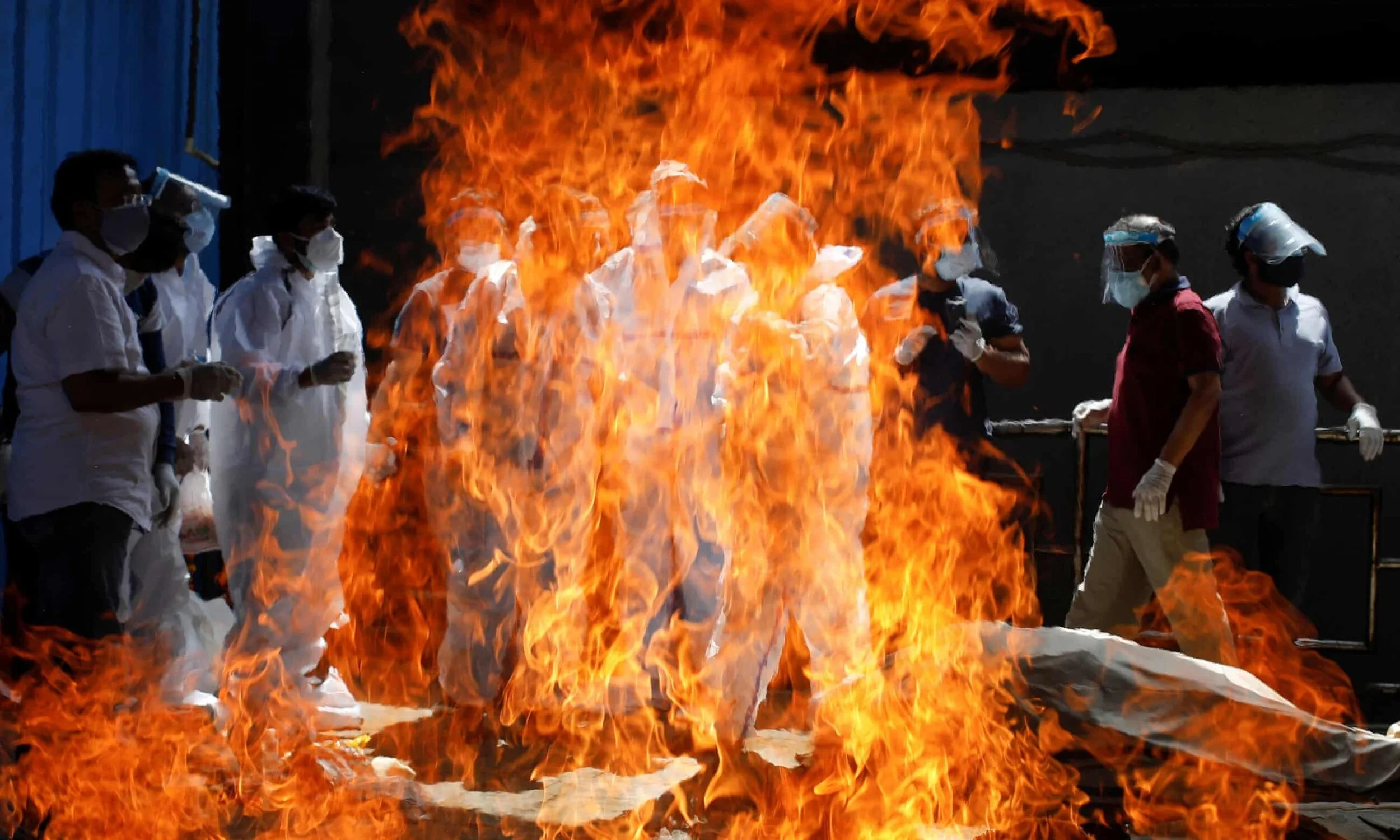They Called it Omicron...
It was just over a week ago, on 25th November 2021, that scientists from private laboratories and the Network for Genomic Surveillance South Africa announced to the world that they had discovered a new COVID variant, B1.1.1.529. At that stage 22 positive cases of the new variant had been detected in South Africa and one in Botswana and the number was rising. On that same day, South Africa reported 2 465 new COVID cases with 114 COVID deaths and a positivity rate of 6.5%. The number of individuals vaccinated as a percentage of the adult population was hovering at around 40%. Healthcare workers had just become eligible in the second week of November to receive their second shot J&J as a booster. The announcement of a new variant, although dreaded, didn’t come as much of a surprise to those of us who follow the daily COVID numbers. Here we were in the familiar cycle of low COVID numbers for many weeks and then a slow uptick of cases started in the latter half of November. The increase could possibly have been due to complacency from the public as regards following the non-pharmaceutical interventions that have been in place in South Africa for 20 months now or, as was the case, due to the appearance of a new variant.
This variant is different because it has a significant amount of mutations that have not been seen before. There is a sense of uncertainty but there is also information that we do know about it. We know that our current diagnostic tests are effective in detecting Omicron. The jury is still out as regards the clinical severity but currently the numbers in South Africa suggest a younger age group with milder disease.
The daily number of new COVID cases on 25th October 2021 was 146, on the 9th November there were 245 and daily infections on 1st December had risen to 11 535. Many of the new infections are clustered in the Gauteng province of South Africa which include the country’s two largest cities of Johannesburg and the capital, Pretoria. In Gauteng the daily cases are increasing at a rate >20% per day and on 22nd November the Reproduction number was 2.33 and the test positivity was above 10%. It is suspected that the variant is spreading to all provinces in South Africa. Early indications and prediction models tell us that the hospitalisation rates are increasing at a lower rate than the third wave. We will have to wait before we can confirm whether this will be trend going forward. In the past four weeks in Gauteng, it seems that the percentage of hospitalised COVID patients < 40 years of age has increased relative to those > 40 years old. The 20 – 39 year old age group also have lower vaccination coverage than the 50+ age group.
The burning questions that we all have as clinicians at the moment are unfortunately largely unanswered and at this early stage we are using anecdotal data in many cases. What is clear is that this new variant is very contagious and spreads rapidly. Most of the cases we are seeing in the Emergency Departments are mild, not requiring admission with varying presentations (respiratory, fever, fatigue, diarrhoea and headaches) and most cases are unvaccinated. It is still too early to extrapolate about the impact of the severity and the subsequent requirement for critical care resources as we know hospital admissions lag behind the community infections. But we have already started preparing our COVID disaster plans in the healthcare environment because by now we know the drill and have become practiced in the skill of responding to a protracted disaster.
On the evening of 2nd December, the South African Centre for Epidemiological Modelling and Analysis (SACEMA) and the National Centre for Communicable Diseases (NICD) released data that demonstrated that there is a “three-fold increase in risk for reinfection” due to Omicron compared with previous variants. The SACEMA and NICD said that the reinfection risk profile of Omicron was “substantially higher than that associated with the Beta and Delta variants during the second and third waves” and they had analysed data from March 4, 2020, to November 27, 2021, to determine this. This information was released in a pre-print article published on pre-publication platform medrxiv.org on 2 December 2021. It is still too early to comment on the efficacy of current vaccine-derived immunity to offer protection, Omicron’s transmissibility relative to other variants, the disease severity and whether or not our current COVID treatment regimens need to be changed or adjusted.
Currently there are numerous countries that have identified this exact variant since its discovery at the end of November. We are extremely appreciative of our scientific colleagues who are also working swiftly and tirelessly to assist us in managing this disease. We are also deeply indebted to our frontline healthcare workers for their continued commitment to provide care under extremely challenging circumstances. It is only through global collaboration and cooperation that we will manage to overcome this pandemic that has affected us all.







